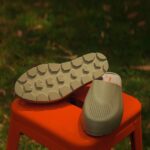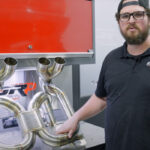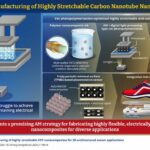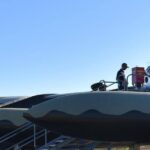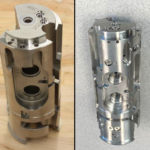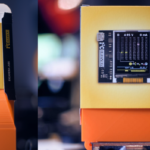United Utilities is incorporating 3D printing technology into its operations following the completion of a two-year Water Industry Printfrastructure project. The initiative, funded by Ofwat’s Innovation Fund, was conducted in partnership with ChangeMaker3D, Manchester Metropolitan University’s PrintCity facility, and Scottish Water. The project has already resulted in practical applications, with 3D-printed components like wastewater jet nozzles and instrument troughs now in daily use after testing.
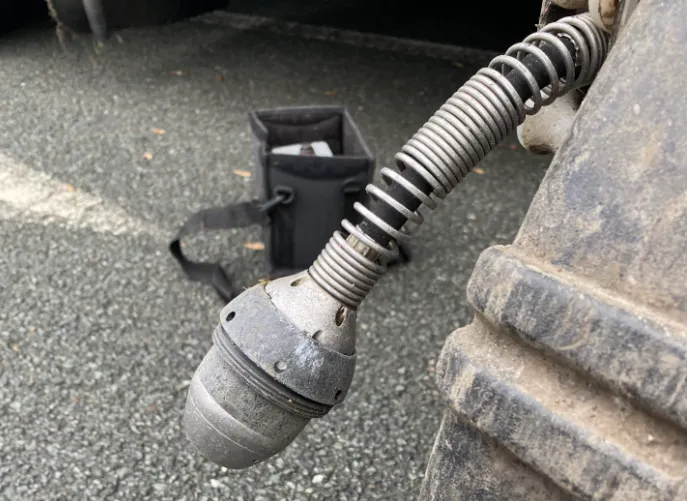
A significant development occurred in June 2024 when a temporary 3D concrete printing facility was established at the Wigan Wastewater Treatment Works. This facility produced concrete infrastructure elements including combined sewer overflow chambers and Industrial Emissions Directive (IED) containment walls. United Utilities became the first UK water company to install 3D-printed IED containment walls in an operational setting.
The technology has demonstrated versatility in challenging conditions, with successful printing of distribution chambers and manhole rings during winter weather. According to the company, the project has shown that 3D printing can reduce construction time from weeks to hours while delivering carbon savings of up to 50%. These results have attracted interest from other water companies seeking similar efficiency improvements.
United Utilities plans to expand 3D printing applications during its £5.1bn AMP8 investment programme running from 2025 to 2030. This programme aims to enhance water and wastewater infrastructure across the North West of England. The final phase of the current Printfrastructure project focuses on knowledge sharing, with Spring Innovation serving as the partner for this effort.
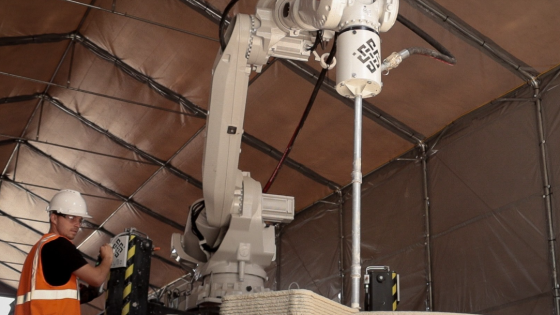
Lisa Mansell, United Utilities chief engineer for innovation and carbon, stated: “We’ve all learned so much through this project and it is no exaggeration to say it is transformative. We’ve seen tangible results using both techniques and it’s clear that 3D printing will play an important role in driving efficiency in construction and daily operations.”
Marc Hannis, Ofwat Innovation Fund principal, added: “3D printing provides enormous opportunities for the water sector to build and upgrade infrastructure rapidly, with a lower cost to both bill payers and the environment. In just two years, WIP has demonstrated its effectiveness and value; we want technology like this to be used at scale in the coming years across England and Wales.”
Source: newcivilengineer.com



